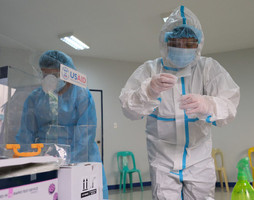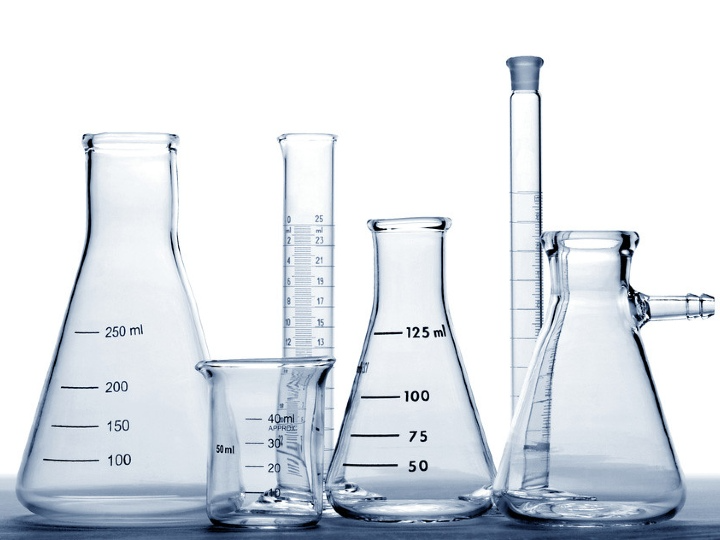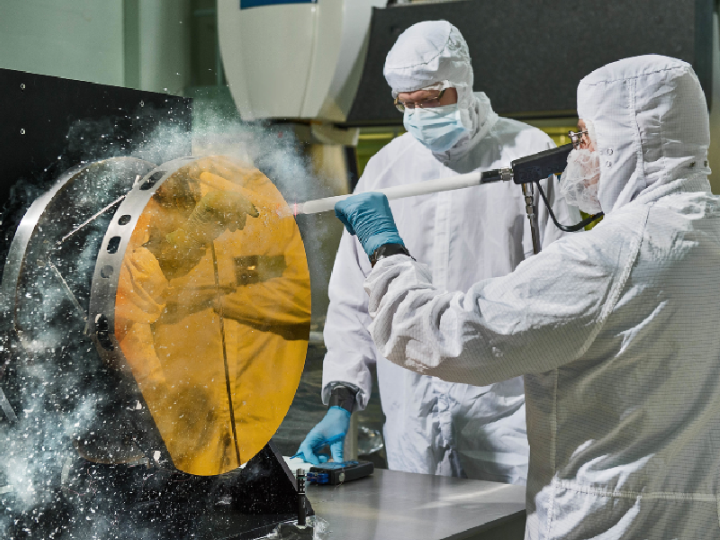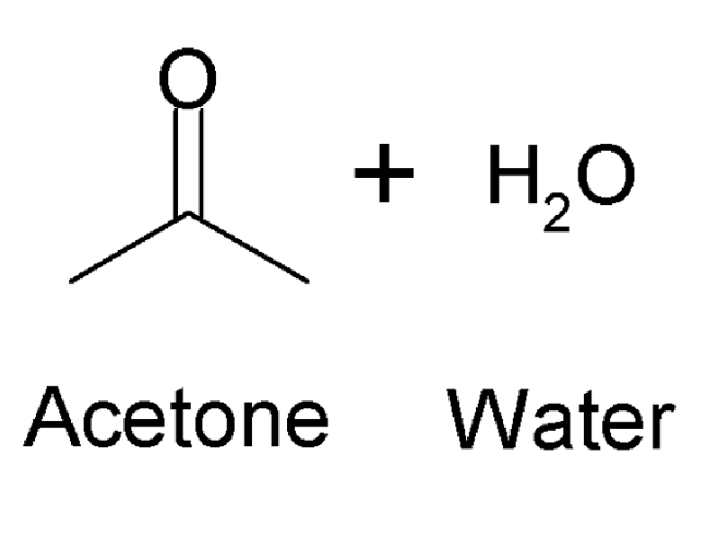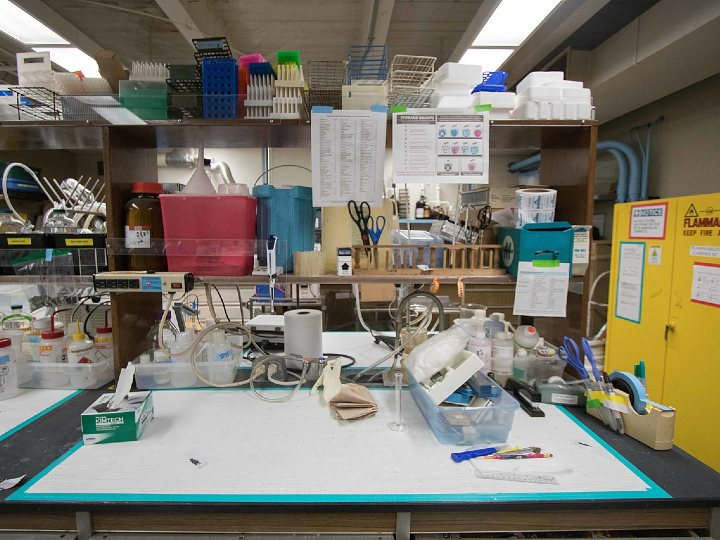Best Cleaning Practices for Laboratory Equipment
Posted by USA Lab Equipment on May 12th 2023
Keeping your laboratory clean is essential for ensuring the safety and accuracy of your results. Beakers are a common piece of lab glassware found in many laboratories, and proper cleaning is necessary to ensure that no contaminants or residues remain on the surface of the beaker. Here are some best practices for cleaning laboratory beakers, lab glass, and other equipment to ensure the best results.
Wear Protective Equipment
Be sure to wear protective gloves when cleaning your lab equipment, as some cleaners may contain harsh chemicals that can irritate your skin or contain contaminants that may be harmful if ingested.
Essential protective equipment includes gloves, safety glasses, and long-sleeved clothing. Be sure to check the safety guidelines of your workplace for any additional protective equipment you should wear. Most labs, such as at school or in an industrial setting, will have a safety manual with specific guidelines you should follow.
Remove Debris from Beakers
Before cleaning, remove any large debris such as dirt and dust that has accumulated on the surface of the beaker. Be sure to use a soft cloth or brush so as not to scratch the glass surface. In addition, other ways to remove debris include using a vacuum cleaner or blowing compressed air over the surface of the beaker. Be sure to follow any safety guidelines set by your workplace when removing debris.
For instance, you might be tempted to heat up and evaporate any solution that is left in the beaker, but this may be dangerous as there could be toxic fumes released into the air. Be sure to consult your safety manual for any specific guidelines related to the removal of debris from your lab equipment.
Clean Beakers with Detergent Solution
Mix a mild detergent with warm water in a bucket and submerge the beaker in this solution for several minutes. This will help loosen any residue and grime that has built up on the surface. Be sure to rinse off any detergent residue afterwards with clean water. Detergent is usually safe to use for most lab glass, however, it’s best practice to consult your safety manual or a supervisor before using any chemical cleaners or detergents on your lab glass.
If you’re newly starting out in a lab setting, it’s best to ask your supervisor before using any cleaning solutions. Some labs may require specific solutions for certain glasses, such as using a specific ratio of detergent and water. Be sure to follow all safety guidelines set by your workplace.
Use Abrasive Cleaners For Personal Lab Glass
For more difficult stains, an abrasive paste is sometimes necessary. Be sure to wear protective equipment such as gloves and safety glasses when using abrasive cleaners, as some of these pastes may contain harsh chemicals that can irritate your skin or damage your eyes. You should also check the safety manual for any additional precautions you should take when working with abrasive cleaners.
Most abrasive cleaners are safe to use on regular lab glass, but you should always consult your safety manual or supervisor to make sure that the abrasive cleaner is compatible with the specific lab glass you are cleaning.
Consider Acetone
Some lab equipment can be cleaned with acetone, which is a highly flammable solvent. Be sure to wear protective gloves and safety glasses when using this cleaning solution. Acetone can help get rid of organic contaminants and can be used in combination with a detergent to remove difficult stains. Be sure to check your safety manual for any additional precautions you should take when using acetone.
Inspect Beakers for Damage
It’s always a good idea to inspect the beaker for any scratches, cracks, or chips after it has been cleaned. If any damage is noticed on the beaker, discard it immediately as this can lead to contamination of your results. Be sure to follow all safety guidelines set by your workplace and consult a supervisor if you must dispose of damaged beakers. Certain labs will need you to keep track of inventory and report any damaged beakers.
Practice Proper Storage
Once a beaker has been cleaned, it’s best to store it away in a designated area so as not to contaminate or damage the beaker. Be sure to check your safety manual for any specific guidelines related to storage procedures for lab glass. Keep all lab equipment stored away in a clean and dry area, preferably in sealed containers or bags. Label any containers that contain lab items as they can easily get lost if not properly labeled.
Certain labels can be used to indicate if a beaker has been cleaned or not, and it’s best practice to make sure these labels are up-to-date. Check with your supervisor before labeling any lab glass as some labs may require specific label procedures.
Use Clean DI Water
Once you’ve finished cleaning your beaker, it’s essential to rinse off any cleaner or paste that might still remain on the surface of the glass. Be sure to use only clean water for this process so as not to introduce contaminants into your lab setting. Hard water can also leave behind mineral deposits, which can interfere with experiments, so be sure to use distilled or filtered water for cleaning your lab equipment.
Most labs will require you to use DI water, also known as deionized water, for rinsing lab glass. This will help reduce the amount of mineral residue left behind and prevent staining or corrosion. It can also help prevent issues with future projects since the water is not charged and has no minerals.
Taking the time to properly clean and store laboratory equipment is essential in order to ensure safety and accuracy in any experiment or procedure. Be sure to follow all safety guidelines set by your workplace and consult your supervisor if you have any questions or concerns. Be sure to inspect all lab glass before use and store it away in a designated area to ensure accuracy and safety. Doing these best cleaning practices for laboratory equipment regularly will help you maintain the integrity of your experiments. For high-quality lab cleaning products, contact us at USA Lab today!

